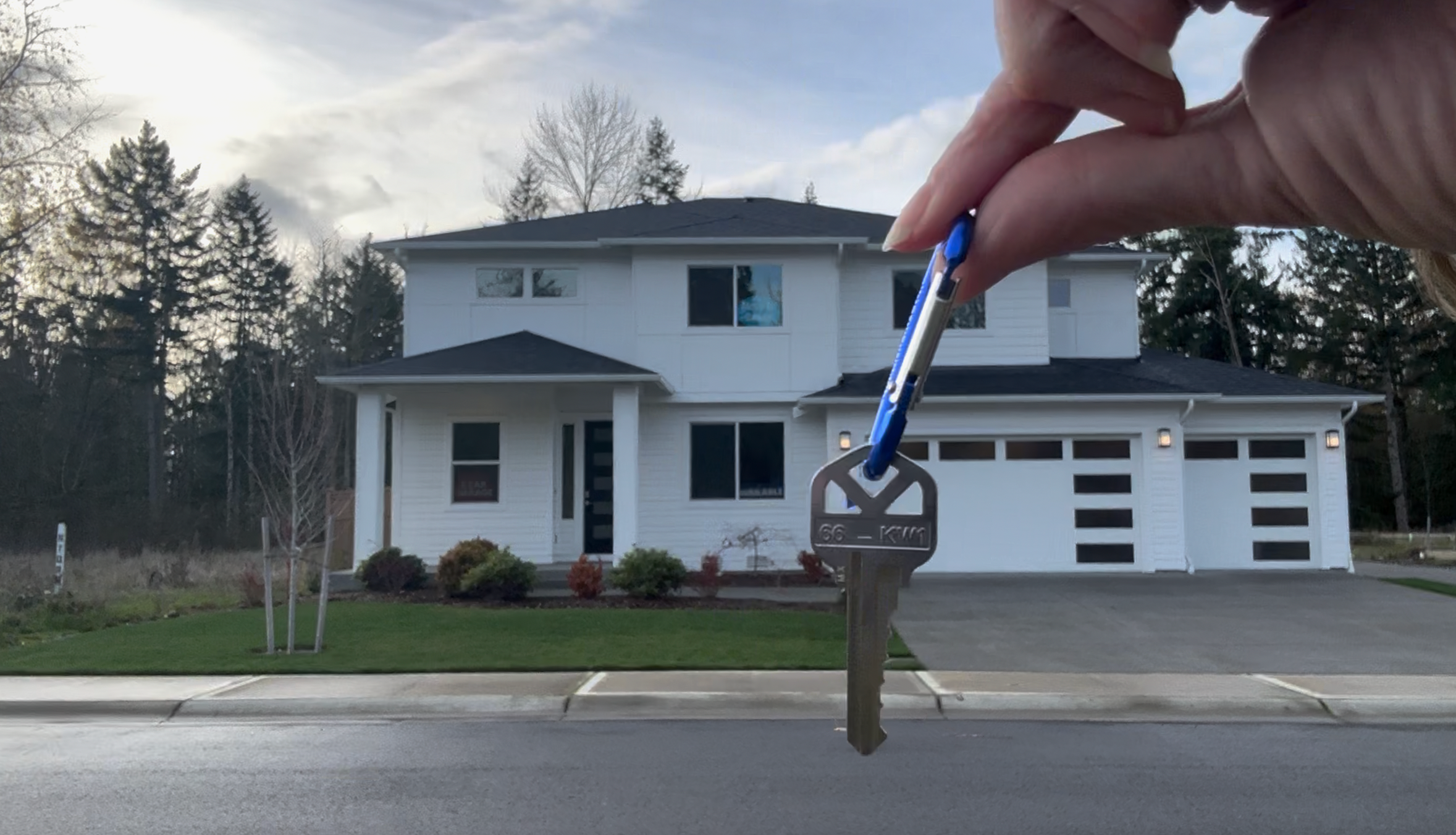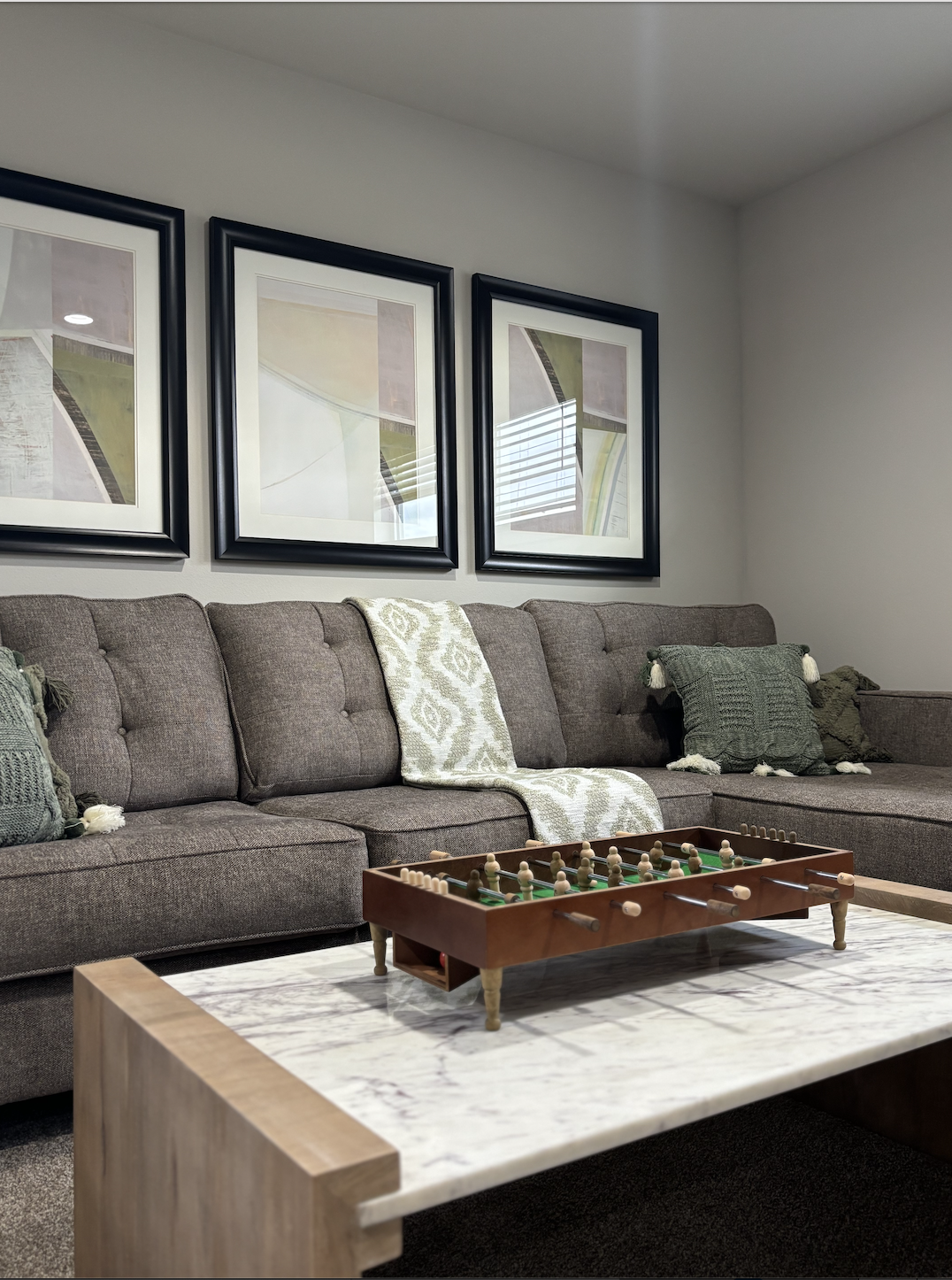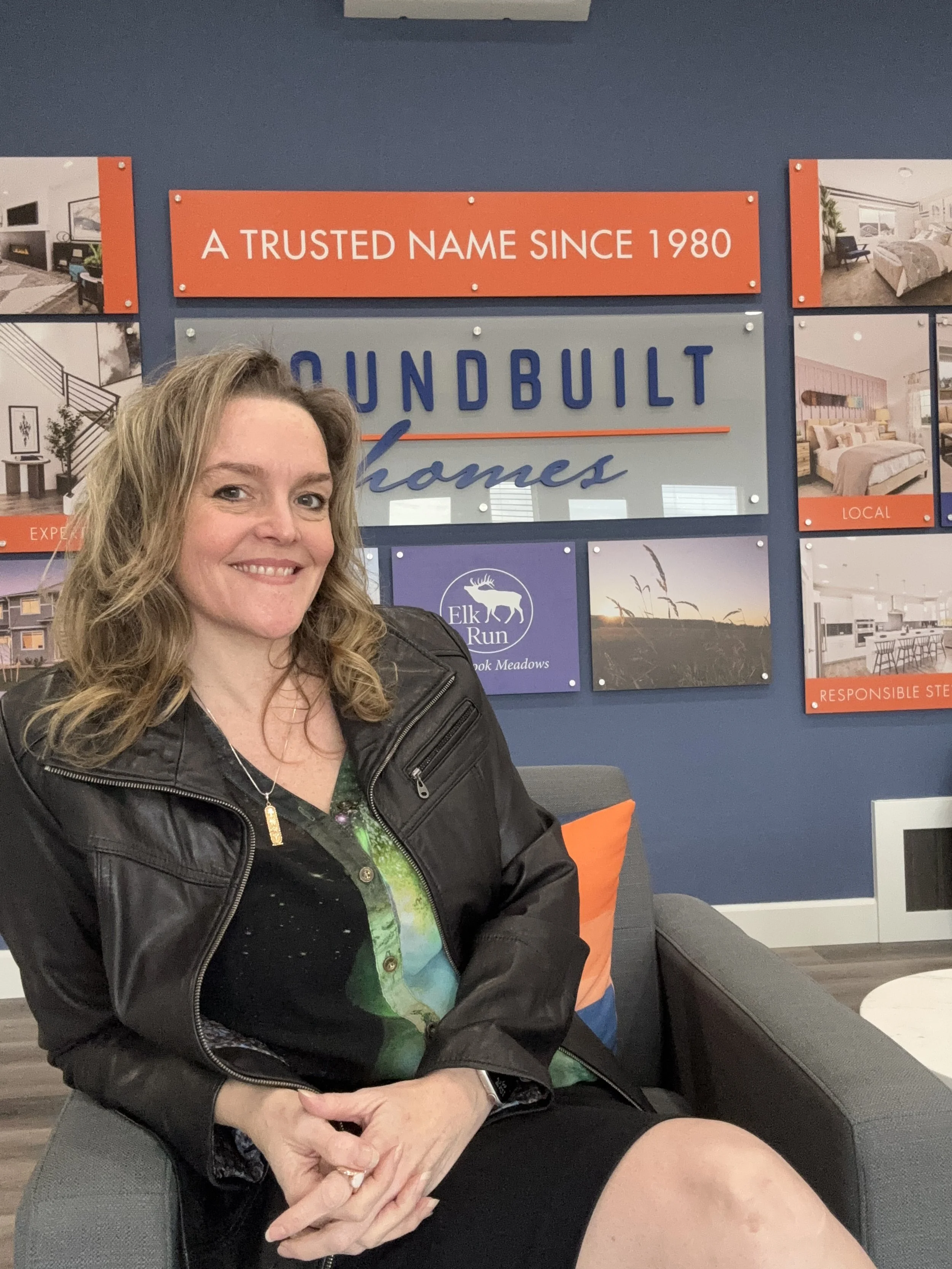7 Mistakes to Avoid When Buying New Construction
Because a newly built home can be exactly what you need—if you know what to look for.
Buying new construction is intoxicating. Fresh paint, gleaming appliances, the smell of new lumber, the immaculate model home—it's all designed to help you imagine your future unfolding in these rooms. But beneath the polish, there are decisions, timelines, and details that will shape your experience long after closing day.
I partner with Sound Built Homes and help buyers navigate new construction across the Seattle area. The process has a learning curve—I'm still learning too—but that's exactly why I'm passionate about breaking it down for people. Between sitting sites, teaching homebuyer education classes, and my own experience investing in properties, I've picked up the patterns that actually matter. Here's what you need to know before you sign anything.
1. Falling in Love With the Model Home
Model homes are designed to wow you. The lighting, the staging, those soaring ceilings—they're meant to make you feel something. And that feeling matters. But the mistake is thinking that's the home you're buying.
Models are typically loaded with upgrades: premium flooring, designer tile, custom railings, high-end finishes. Knowing what's actually included in your base price—and what isn't—keeps your expectations (and budget) realistic.
2. Skipping the Upgrade Sheet (or Not Asking for One Early)
Every builder has their own definition of "standard." What's included at Sound Built might be an upgrade at Quadrant Homes, and something else entirely at a Toll Brothers community.
The upgrade sheet spells it all out: which choices cost extra, which packages are bundled, and which selections need to be made before certain construction phases begin. We're talking everything from flooring and countertops to fencing, gas fireplaces, and electrical upgrades.
Your future self will thank you when you're not blindsided by a $4,000 charge for the stair railing you assumed was part of the package—or discover that the gas fireplace and backyard fence are add-ons that push your budget over the edge.
3. Assuming Everything Is Negotiable
With resale homes, negotiation is standard practice. With builders, the rules are different.
Some items—like the base price—are often firm. But others can be surprisingly flexible: closing costs, rate buydowns, design center credits. It often depends on the season, the community, and the builder's sales goals for the quarter.
The key is knowing where there's flexibility and where there isn't. Push where you can actually get movement.
4. Waiting Too Long to Visit the Site
Construction moves fast: from dirt to foundation to framing to finishes. So do timelines.
A common mistake is thinking, "I'll check it out once it's almost done."
But regular site visits help you:
Catch issues before drywall goes up
Understand the layout as it takes shape
Notice things like natural light, privacy, and orientation
Build rapport with the site agent and superintendent
Showing up matters.
5. Asking About Representation Early
Here's where things get nuanced.
Some builders require you to use their on-site agent. Others allow you to bring your own representation. The rules vary by community and by builder.
The on-site agent is friendly and knowledgeable, but they work for the builder. If you have the option to bring a buyer's agent, they can be your advocate—someone who decodes the builder addendum, verifies lot premium calculations, and makes sure you don't miss critical deadlines.
I work with buyers at new construction sites throughout the Seattle area (and sit sites for Sound Built myself), so I understand both sides. The key is asking upfront: "Can I use my own agent?" The answer shapes your strategy from day one.
6. Overlooking Phase Plans, Future Development, and Builder Type
A home can feel peaceful and private today, then be surrounded by construction tomorrow.
The mistake is assuming what you see now is permanent.
This matters differently depending on the builder. Community builders like Lennar, Richmond American, or DR Horton develop entire neighborhoods in phases—what's an empty field today might be 30 new homes next year. Custom builders like Thomas James Homes, Terrain, or RW Anderson work on individual lots, so your experience is more contained.
Ask about:
All future phases
Road expansions
Planned parks or commercial areas
Where the next wave of construction will happen
Timeline for buildout completion
New construction communities evolve. You want to understand the complete vision, not just the current snapshot.
7. Trusting Your Gut Alongside the Data
Here's where intuition comes in.
Specs and square footage matter, but so does how a space feels. How does light move through the rooms? What do you notice when you stand in the framing during a site visit? Does the floor plan actually work for how you live?
The mistake isn't ignoring the numbers—it's ignoring your instincts.
A home can check every box on paper and still feel wrong. Or it can be slightly imperfect and still be the place where your life unfolds exactly as it should.
The Bottom Line
New construction offers real advantages: modern systems, customization options, warranty protection, and the satisfaction of being the first person to live in your home. But smart buying requires both practical knowledge and self-awareness.
I work with buyers at new construction sites throughout the Seattle area—including sitting sites for Sound Built Homes. If you're exploring your options or ready to start the process, let's talk.
Schedule a consultation or reach out at xan.roberti@exprealty.com. I'd love to help you find a home that actually fits your life.



